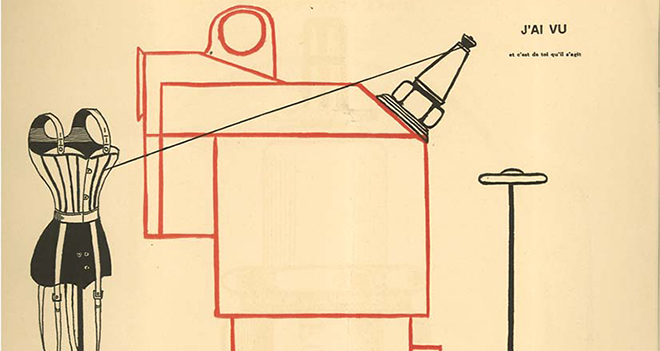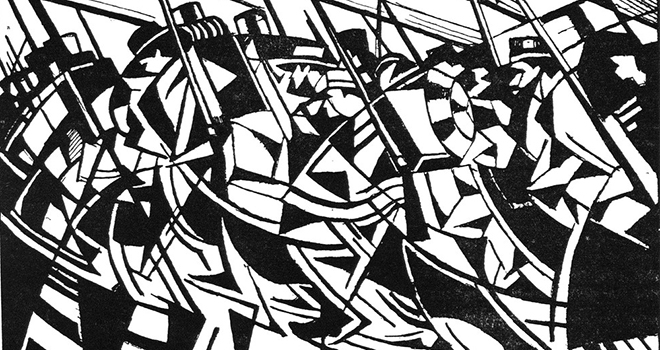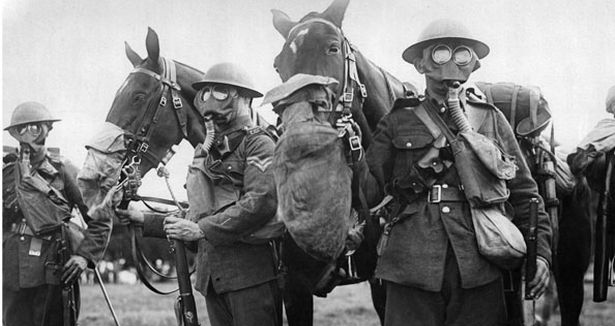
As a mosaic of letters, news clippings, poems, and (like Casie mentioned) literary allusions, Vera Brittain’s Testament of Youth bristles with intertextuality. In this week’s reading, Brittain again enfolds references to England’s WWI print culture. She mentions Britain’s weekly Punch magazine in three places, once to discuss the publication’s jingoistic editorial cartoons (257). While I couldn’t find issues from the dates she includes, I did find the cartoon above from 1921. The tagline, “The dead remembered—the living forgotten,” is clearly a public appeal to take care of the shell-shocked soldier struggling to assimilate into civilian life, an enduring problem in any war. We find Vera also grappling with this transition after her return from nursing in France where her energies had “definitely counted” (430). Now, she considers the banal responsibilities and conversations of everyday life a “constant dissipation of energy on what appeared to me to be non-essentials” (430). She has survived foreign service, but does not consider herself lucky to have done so. Brittain separates war survivors into two groups: those who, like Brittain, fixate on touching the dead and through guilt abandoning their “vital contact with life” (457) and those who avoid contact with the war altogether by elevating quotidian affairs and the “little things” on the home front above “the Army’s anguish” (431). As Brittain observes, neither coping mechanism offers sustainability. Crafting memorials seems to offer respite, and she continually returns to this idea of constructing memorials for the dead as a response to her survivor’s guilt.
The Punch cartoonist, in addition to etching an image of the surviving soldier’s plight and vagrancy, touches on eulogizing and remembering the dead by placing a large, stone memorial in honor of those who “fell in the Great War.” Memorials offer the grieving something to touch, to handle, even after the bodies of the dead are beyond the living’s grasp. After Roland is killed, Vera initially finds refuge in this tangibility. Her first memorial is both physical and spiritual. She constructs a “small shrine” and makes holy relics of the books they read together (248). We hear echoes of this spiritualism in the words of her tutor, who has also lost a loved one in the war, when she claims the dead were “not really gone but were with us always, canonized for us more truly than the saints” (260). Vera wants to fashion Roland into a sacred—and therefore enduring—figure; she wants his death to have been heroic, and knowing that he didn’t die for folly “seemed a matter of life or death” (243). Again she connects him to her reading of the Illiad, temporarily falling under the aegis of Greek honor and glory for the fallen soldier, and the temporary comfort she takes in this makes she and her tutor feel “shy, surprised, queerly exalted” (260). But soon, Brittain cannot come to terms with Roland as a figure of Achilles, and she must unravel the absurdity of this epic trope in a modern world and face the painful results. It’s wrapped up in her crisis of faith and tangled up in her efforts to demythologize “that voracious trio” of “God, King and Country” (450).
Again Brittain returns to May Morning. It is a touchstone for her war experiences, embodying first the freshness of youth and pre-war glow of her generation and then acting as a reminder of all that has changed (as she expresses in her poem about her “toil far distant, for a darker year / Shadows the century with menace grim” (269)). Significantly, May Morning again emerges as marking the day she learns of Geoffrey’s death. It is a recursive ritual, a historical marker she can use as a point of reflection and connection with what is real and beyond the war, with what once was and what can never be reclaimed. Thus, her spiritual and physical memorials soon pass away in favor of commemorations rooted in history. Unlike her literary shrine to Roland, Vera claims to abandon literature after Edward’s passing: “There was no rush to poems now, no black quotation book, no little library of consecrated volumes….What was the use of hypocritically seeking out exalted consolations for death, when I knew so well there were none?” (450). Rather than clinging to her pain and insisting on touching death, she learns “that if the living are to be of any use in this world, they must always break faith with the dead” (247). It is telling that Brittain turns to history when she resumes her studies at Oxford. After laboring to “find out as much as I could” and to reconstruct the minutia of the moments preceding Roland’s and then Edward’s death, Brittain works to place these death stories in their broader historical context (441). She wants to “understand where humanity failed and civilization went wrong” (472). Here, in looking at the recursive patterns of human history, she finds a balm for the survivor’s guilt. More than a memorial of wood or stone, it is this information, the knowledge of how these dead fit into a broader, enduring historical image (one that includes many May Mornings), that she wants to remember and pass on. “Perhaps,” Brittain muses, “that’s really why, when they died, I was left behind” (473).
Brittain writes of these experiences to incarnate such a history into a text to be shared (or as Casie put it, “words made flesh”). Testament of Youth then acts as a sort of testimony to the creative energy that can take the irrational slaughter of a generation and somehow fashion it into a narrative of human endurance. As a survivor, Brittain wants to remember her fallen friends, but the very act of remembering also requires breaking contact with the dead and, paradoxically, forgetting.





